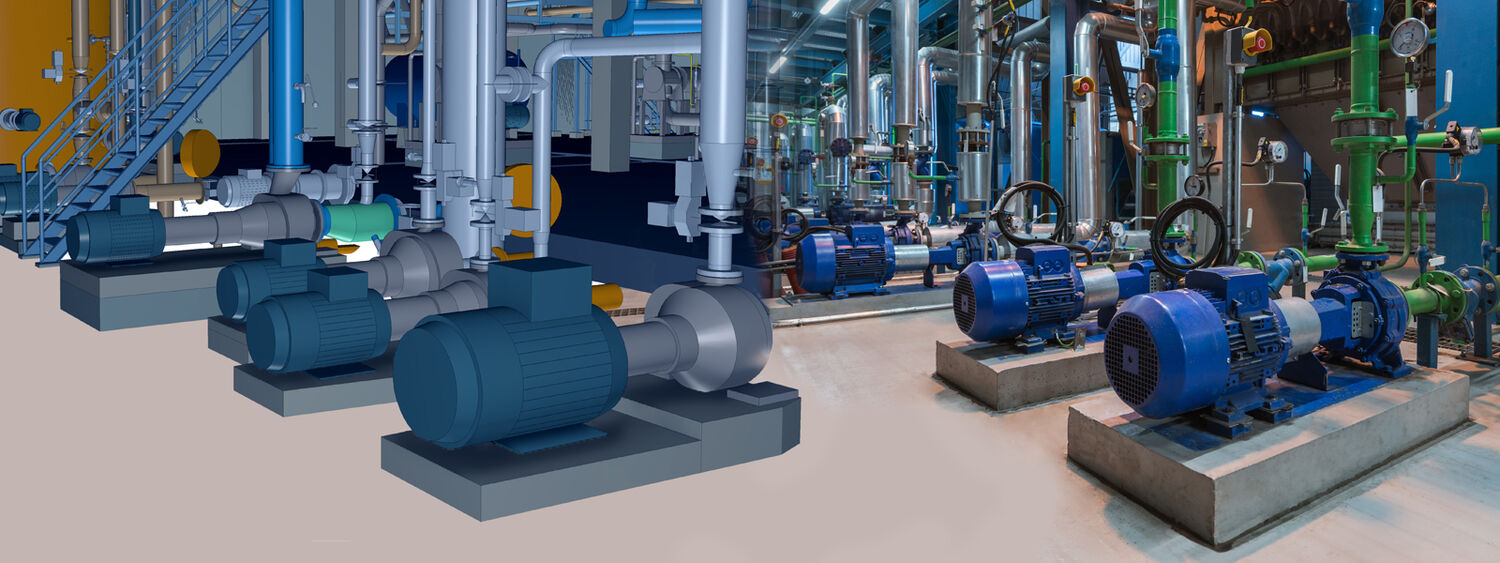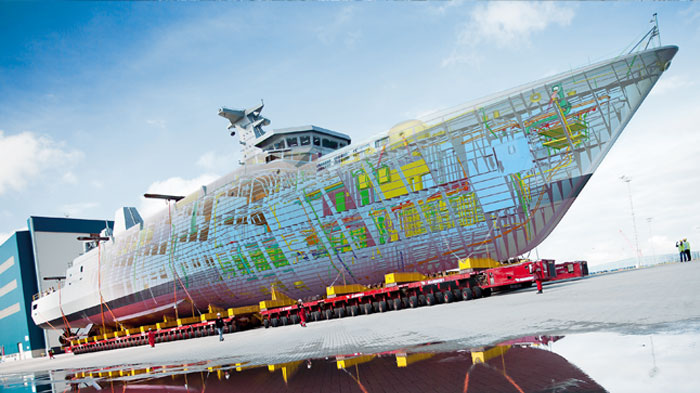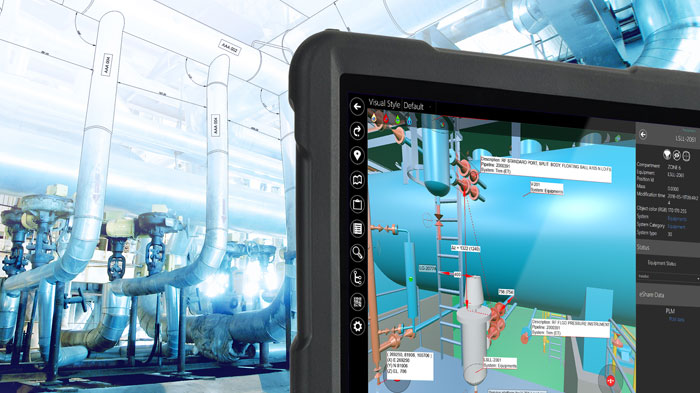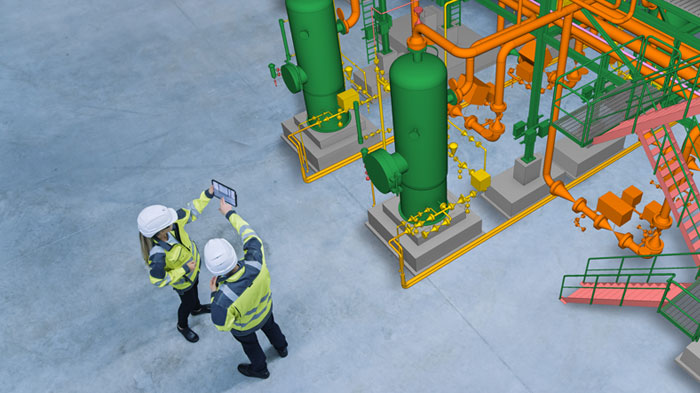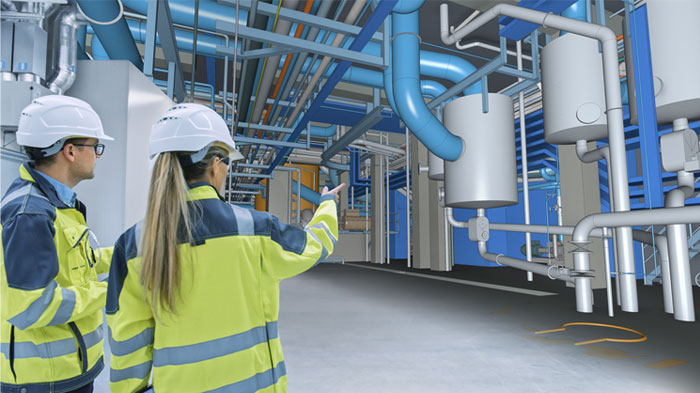What is a digital twin?
A digital twin is a digital clone of your physical asset that is constantly updated with real-time data. It allows access to everything from 3D models and 2D documentation to live databases and real-time performance metrics via a virtual platform. A digital twin is your key to unlocking unprecedented efficiencies, whether you want to optimize construction, streamline design reviews, or improve operation.
